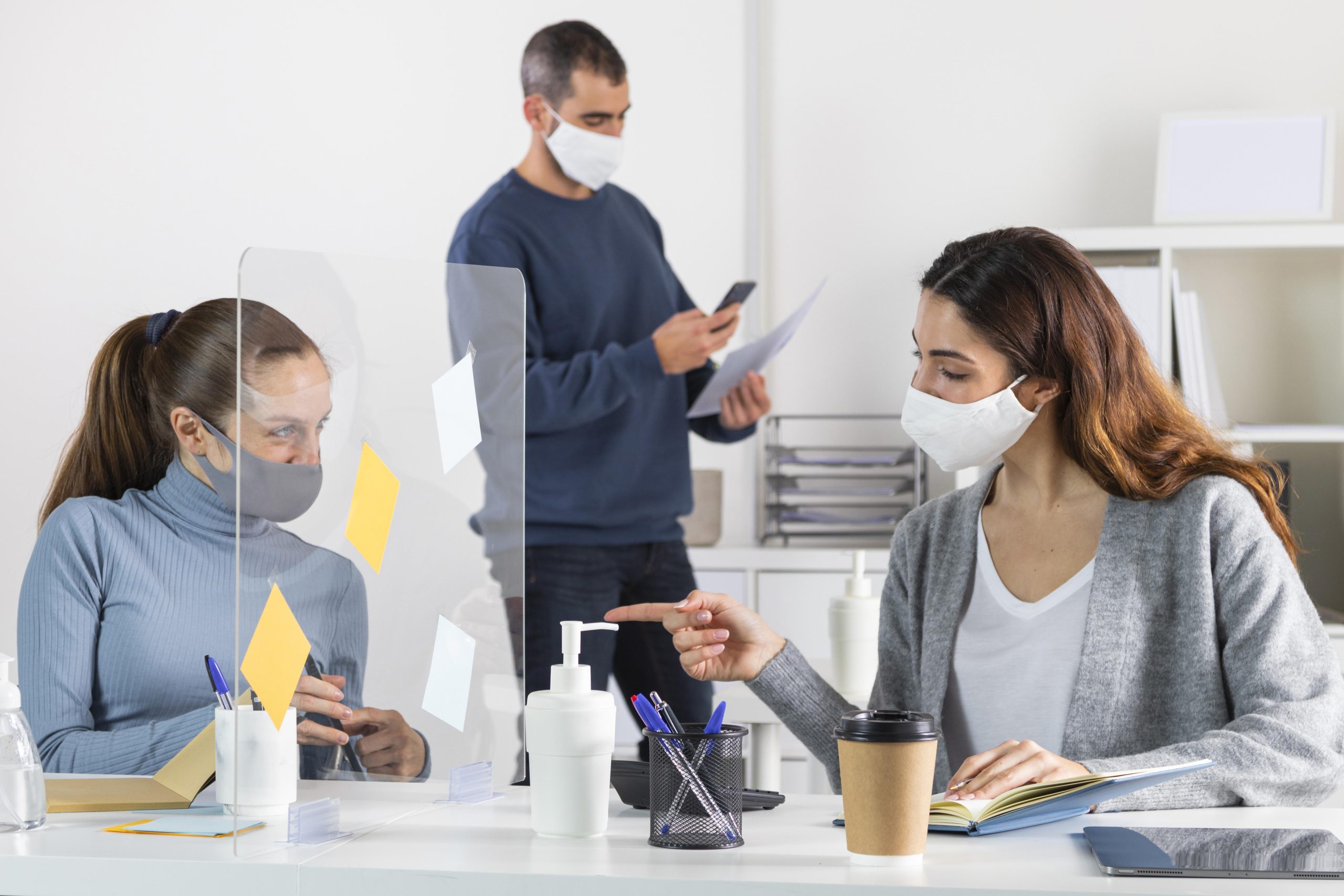Considering Safety Measures. Ensuring Safety in Physical Education: A Crucial Aspect of Holistic Learning. Physical education plays a pivotal role in shaping students’ overall development and fostering physical fitness, teamwork, and discipline. However, ensuring the safety of students during physical education activities is paramount. In this article, we delve into the importance of considering safety measures in physical education.
Why Safety Matters:
Safety in physical education extends far beyond preventing minor scrapes and bruises. It encompasses creating an environment where students can explore physical activities without the fear of severe injuries. When students feel safe, they are more likely to participate actively, engage enthusiastically, and develop a positive attitude toward physical fitness.
Setting the Foundation:
Physical education instructors are instrumental in setting the foundation for safety. They must have a profound understanding of each activity, equipment, and its associated risks. Thorough knowledge enables them to create well-structured lesson plans that integrate safety measures seamlessly.
Risk Assessment and Management:
Before engaging in any physical activity, a comprehensive risk assessment is crucial. Educators should identify potential hazards and implement measures to mitigate these risks. This could involve proper equipment inspection, ensuring appropriate playing surfaces, and establishing clear rules and guidelines for each activity.
Proper Equipment and Attire:
Students should be provided with the right equipment and attire tailored to each activity. Ill-fitting or damaged equipment can lead to accidents. Educators must inspect and maintain equipment regularly, replacing items that show signs of wear and tear. Additionally, students should wear appropriate clothing and footwear to prevent slips, falls, or strains.
Supervision and First Aid:
Adequate supervision is key to preventing accidents. Instructors must maintain a watchful eye on students at all times, correcting improper techniques and ensuring adherence to safety guidelines. Furthermore, having trained staff members who are knowledgeable in first aid is essential. Prompt and effective response to injuries can significantly reduce their severity and promote faster recovery.
Inclusivity and Individual Needs:
Every student is unique, with varying physical abilities and limitations. Inclusive physical education ensures that activities are adapted to accommodate students with diverse needs. Educators should be aware of students’ medical conditions, allergies, or disabilities, and make necessary modifications to activities, ensuring that everyone can participate safely.
Promoting a Culture of Safety:
Educators play a pivotal role in instilling a culture of safety among students. By fostering an environment where safety is emphasized and celebrated, students internalize the importance of adhering to rules and guidelines. This culture transcends the classroom, influencing students’ behavior in other physical activities and daily life.
In conclusion,
safety measures in physical education are not merely guidelines but a commitment to the well-being and development of students. By prioritizing safety, educators create an environment where students can thrive physically, emotionally, and socially. It is a collective effort that involves educators, students, parents, and administrators working together to ensure that physical education is not just about movement but also about creating a safe and nurturing space for every student to flourish.


